After the 2021 merger of Fiat Chrysler Automobiles (FCA) and the PSA Group, Stellantis CEO Carlos Tavares committed to supporting all the company’s brands for a decade. However, leadership has now indicated that the future of its 14 brands will be determined much sooner than originally planned.
During the 2024 Paris Motor Show, Tavares revealed that decisions about the brands will be finalized within the next two to three years. A new CEO will oversee these developments, as Tavares’ five-year contract ends in early 2026, and he plans to retire. The search for his successor has already begun, with the company expected to announce the new CEO by the end of 2025.
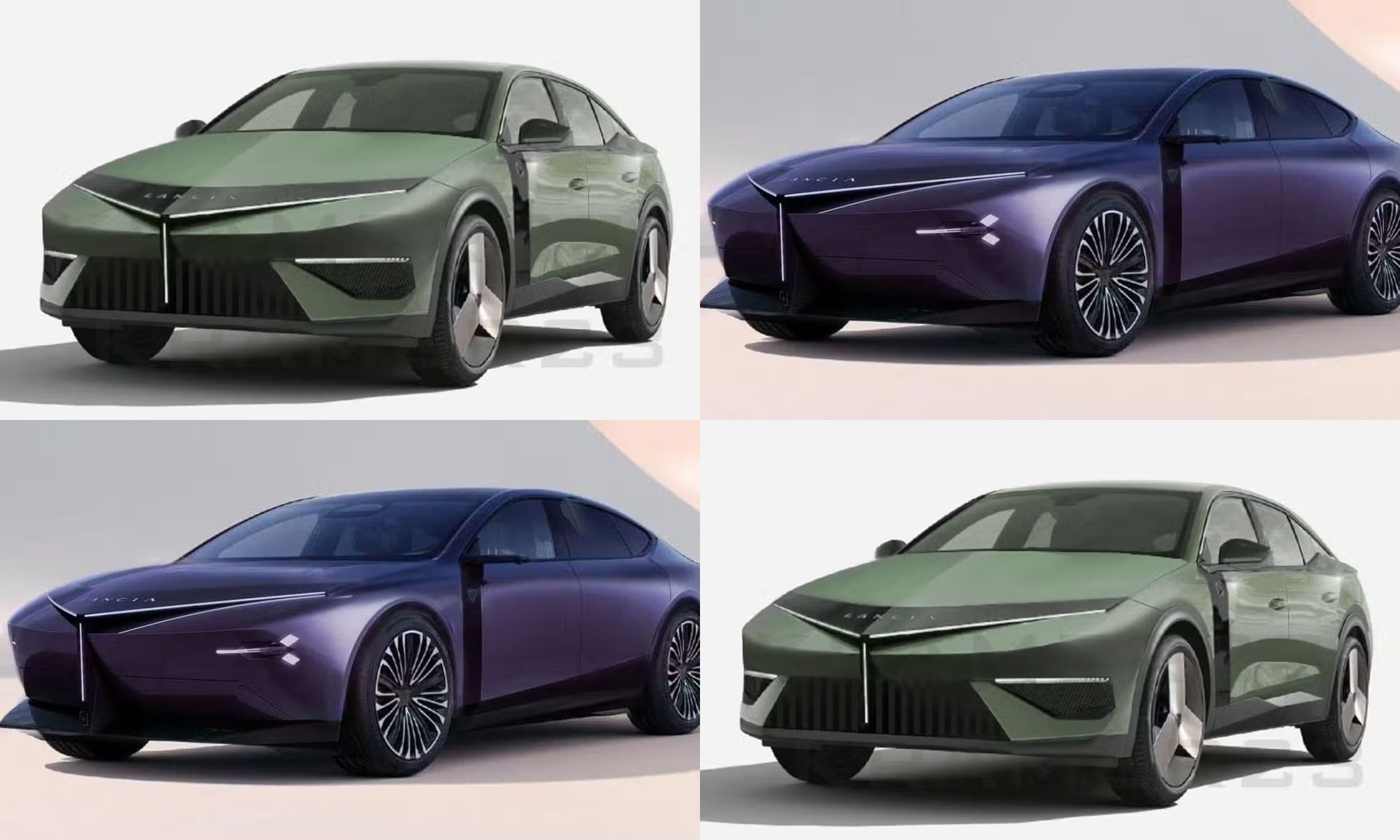
For now, Tavares assured Automotive News that all Stellantis brands are financially secure until 2026. This statement may seem surprising since Chrysler’s lineup is currently limited to the aging Pacifica/Voyager. However, the American automaker aims to launch its first electric vehicle next year, potentially signaling a comeback.
Lancia’s revival will begin with the introduction of a new Ypsilon model, followed by the return of the Gamma as a flagship fastback in 2026. Should the brand endure, it plans to launch a new Delta in 2028, hoping to solidify its position in the market.
Alfa Romeo has mapped out future releases, with the next-generation Stelvio arriving in 2025 and a new Giulia scheduled for 2026. A larger SUV, featuring both gasoline and electric variants, is planned for 2027 to compete with the Porsche Cayenne and will primarily target the U.S. market.
Dodge is expanding its offerings with the new Charger lineup and the Hornet SUV, which shares its platform with the Alfa Romeo Tonale. Rumors suggest the Stealth nameplate will return in 2027 for a new SUV designed to replace the Durango.
Jeep is also gearing up with a series of new models, including updated versions of the Renegade and Compass, both of which will have electric variants. Additionally, the company is working on a “mainstream utility vehicle” to fill a slot below the Grand Cherokee, all set to launch by 2027.
Ram is dealing with quality issues that Tavares has acknowledged, as many newly built trucks require repairs shortly after production. Although Stellantis is actively addressing these problems, Ram’s U.S. sales have declined by 24% through September.
Some of Stellantis’ core brands, such as Fiat, Opel/Vauxhall, Citroën, and Peugeot, continue to release closely related models. Maserati, however, has struggled financially, with Tavares attributing the brand’s losses to marketing missteps rather than product shortcomings.
DS Automobiles remains a question mark, though the introduction of a DS9 flagship and a second model in 2025 suggests the brand may pursue a lineup focused on plug-in hybrids and electric vehicles if given the chance to demonstrate its viability.
Abarth continues to produce performance-oriented versions of Fiat vehicles, though it remains uncertain if this strategy will be enough to sustain the brand long-term. Managing 14 brands presents serious challenges, and Stellantis may streamline its portfolio in the coming years to prevent brand overlap and reduce operational complexity.





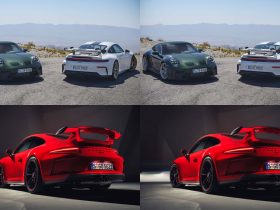
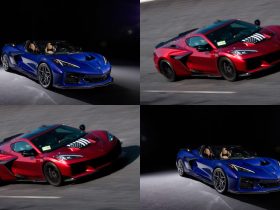
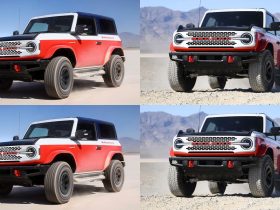
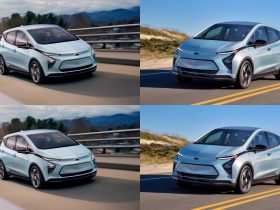
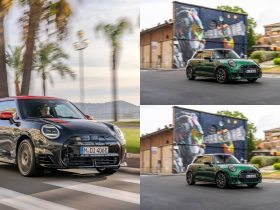





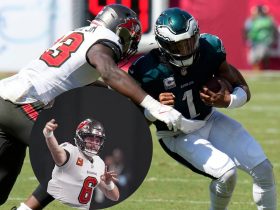




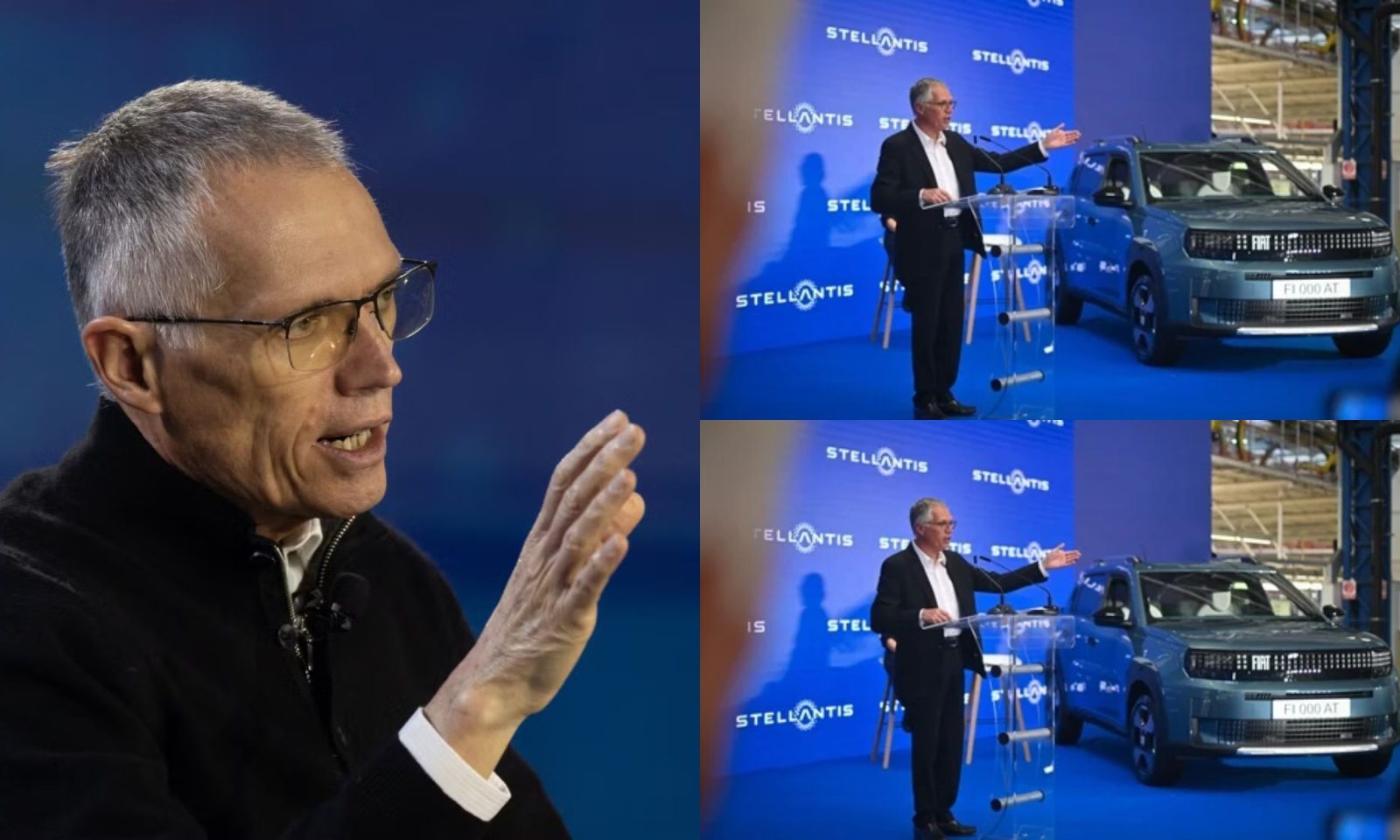
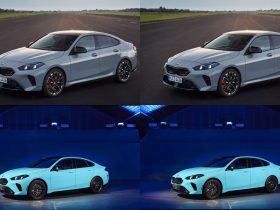
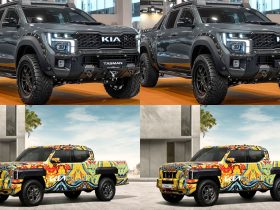
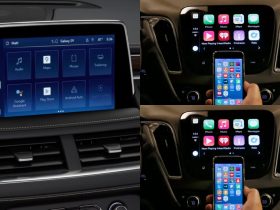
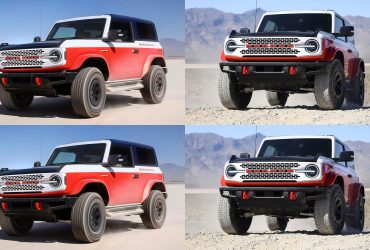
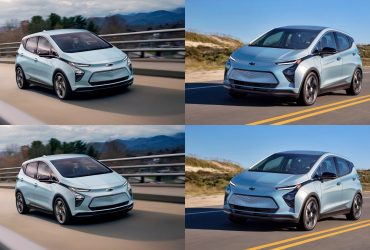
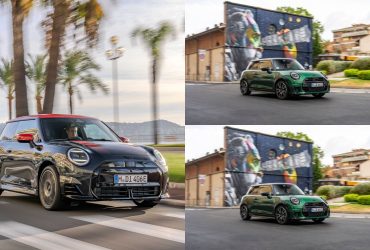
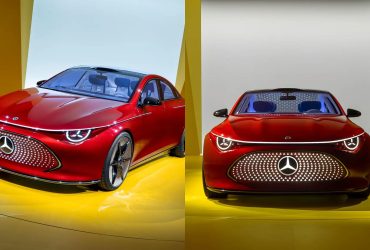
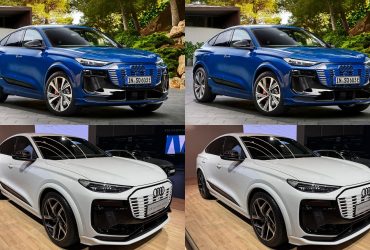
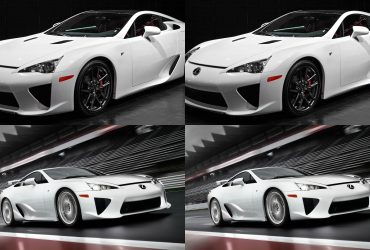
Leave a Reply